Architectural design by Terra Firma Design Ltd, interior design, build, & staging by JDL Homes Inc, videography by Roman Goltz, & portfolio images by John Bentley.
|
Take a look at our latest design build project, a one level laneway house in Vancouver! Architectural design by Terra Firma Design Ltd, interior design, build, & staging by JDL Homes Inc, videography by Roman Goltz, & portfolio images by John Bentley.
0 Comments
The Vancouver housing market is strong and there is also a lot of demand here for small footprints, affordability and independent living for older generations. Bonus: the utility bills incurred in laneway homes are relatively low. Almost half of occupants reported that they pay less than $50 per month on hydro and gas when polled in a survey by the City of Vancouver.
Here are some tips if you're thinking about building a laneway house in Vancouver:
Don’t forget to read through relevant city regulations before you begin building. If you live in Vancouver and want to add a laneway home to your property, the City of Vancouver has compiled an easy-to-follow list of steps to take. When your laneway home is complete, check with the city before moving in to see if you need an occupancy permit. To learn more, discuss your plans or request a free quote, please don’t hesitate to call 604-568-9983, email us, or complete our online contact form today. We recently attended the Homebuilders Association Vancouver (HAVAN)'s Ovation Awards Finalist's Reception held at Loungeworks, where we were announced as finalists for Best New Small Scale Home and Best New Kitchen Under $50,000 for our Collingwood Country Chic Laneway project!
Our clients wanted to build a single level laneway home in Vancouver, to accommodate for their special needs daughter and to be closer to their family. We are big believers in combining traditional values with innovative building technologies, so construction features for this laneway include Nudura Insulated Concrete Forms (ICFs), and SIGA Majvest, a weatherproof and permeable membrane for an air/weather tight facade. We installed vinyl windows, a large vinyl sliding door, a fiberglass entry door, and a Navien condensing combination boiler for both their on demand hot water and in floor radiant heat. These items paired together create an efficient, high performing home. The exterior is clad in smooth painted, James Hardie board and batten siding with an asphalt shingled roof. The front entrance showcases a custom overhang with painted soffits, and a standing seam metal roof. The interior of the home features high vaulted ceilings in the living room and master bedroom, an attic storage mezzanine, engineered hardwood floors with no thresholds, custom painted full height cabinetry for loads of storage (you can never have enough), and an electric fireplace. We are thrilled to be nominated and would like to congratulate all the other finalists of the evening! For more project photos, please click here. What is a laneway house? A laneway house is a smaller, detached home located where the garage would normally go on a single-family lot which includes a parking accessory (either inside or out). Unlike coach or infill houses, you cannot stratify or subdivide to sell the laneway house separately; it rides with the property like a basement suite. Currently, the maximum permitted floor area for a laneway house depends on the size of the lot it’s built on, but not counting allowable exclusions, they may not exceed 83.6 square metres (900 square feet). Laneway homes typically end up being between 700 and 1,000 square feet if you include the exclusions. Can I build a laneway house on my property in Vancouver? You can build a laneway house on any lot 32 feet or wider in any RS single family zone in Vancouver. Having said that, there are certain requirements & restrictions, one of the primary ones is that you need at least 16’ distance from the main house to the laneway. If you are not sure if your home is in an eligible zone, call 3-1-1 or you can look up your zoning online, using VanMap an online tool created by the City of Vancouver. What are the benefits to building a laneway house?
Some of the key benefits of why you should build a laneway house includes:
If you are interested in building a Vancouver laneway house, contact us to learn more about our design-build process. We would love to discuss how our team can help you with your project. You can also email, phone, or visit the City's Development and Building Services Centre to learn more about regulations and the approval process of building a laneway. For a comprehensive guide to laneway houses, please click here. For the most up to date laneway information from the City of Vancouver, please click here. There are many options out in the market for siding materials today. In this blog post we take a look at the pros and cons of fiber cement siding and why we choose to use the popular brand James Hardie. THE PROS
THE CONS
As you can see the benefits of James Hardie fiber cement siding greatly outweigh the cons. This is why JDL Homes uses this material on majority of our projects. For more information on this product please visit their website, here. Nudura ICF installation at our Kitsilano jobsite What are Nudura Insulated Concrete Forms (ICFs)? Effectively Nudura ICFs are a stay-in-place concrete form that consists of two expanded polystyrene panels (EPS), spaced apart in the desired wall thickness. Polypropylene webs (or ties) are spaced 6" or 8" on centre to withstand the concrete pressure and to allow the attachment of wall finishes (damp proof membrane or rainscreen on the outside, and drywall on the inside). Why does JDL Homes use Nudura ICFs? -Increased Efficiency: The Nudura ICF panels comes in 8ft lengths x 18" high so we can put up more walls in less time. They are also designed to be collapsible so they take up less space when they're transported or stored on our jobsites. Another great feature we love about these ICFs is that they're reversible, non-handed, and is available in both angled and radiused profiles. During assembly, they click into place which prevents form uplifts resulting in plumb walls! -Sound proofing: The thick multi-layer nature of the forms help increase sound proofing. -Superior R-Values: The City of Vancouver requires a rating of R-22 for all basement and above grade walls. You can achieve R-24 with Nudura ICFs, which is 10% more compared to traditional assemblies. As a result, it can help with energy savings in heating, cooling, and ventilation, creating a more superior performing home. -Increased Interior Square Footage: Using ICFs in basements eliminates the need to build frost walls. We can directly drywall over the ICF panels giving you more interior floor space. -Cost: Nudura ICFs is 30% less expensive than conventional forms, savings that we pass onto you! -Less Waste & Saves Trees: Unlike other conventional ICFs on the market, you can cut these panels to the desired lengths and use the remaining portion for another area, decreasing overall waste! We at JDL Homes believe in combining traditional values with innovative building technologies like Nudura ICFs panels to build you a quality home with integrity. We're always looking for ways to improve and to be more efficient without compromising the overall quality and end result of your home. Contact us today to discuss how we can help you with your next project and for more information on ICFs please visit Vancouver ICF. 24 hours to get to this point with Fastfoot, Nudura ICF and Helix micro rebar.
JDL Homes Vancouver had the pleasure of presenting the "To Renovate or Build New?" seminar at the Greater Vancouver Home Builder's Association (GVHBA) Home Reno Show this past weekend. Here's our slideshow presentation in case you missed it! JDL Homes now has a YouTube channel!
Doug and Jeff are on the job site with camera in-hand to give you inside tips, tricks and info about new home construction and major renovations. Be sure to visit our new YouTube channel here and subscribe to get our latest videos. Thinking of building a laneway house?Check out the City of Vancouver's informative Laneway Housing How-To Guide below. Read about lot-size requirements, design restrictions and inspiration! Read more about laneway homes on the City of Vancouver's website. On Saturday, October 1st, the Langford family bundled up the baby and struck out to take in the Vancouver Heritage Foundation's 2011 Laneway House Tour. While we didn't make it to all the houses, what we did see was inspiring. It was great to see some other builders doing stylish, high-quality work. Laneway housing has met with some resistance since its introduction to Vancouver in 2009. However, walking through some of these homes it is clear that they are a smart, practical solution for affordable housing in our region. As a licenced and insured new-home builder, JDL Homes can help you with your laneway home from design to build and all the details in between. Check out the homes below for inspiration and then contact Doug today for your free consultation. 242 East 44th Avenue : SmallworksSmall really is beautiful! This 750 square foot 2 bedroom plus garage is full of smart storage and plenty of light. I was impressed that the second bedroom had room for a crib AND a built-in captain's bed. Details & Features:Lot Size: 50 x 120 Zoning: RS-1 2 bedroom 750 square feet (plus garage) 3608 West 30th Avenue : LanecraftThe nice big balcony was a key feature of this spot. The upstairs living space was an interesting reversal from some of the others which were primarily living downstairs, sleeping upstairs. However, the bakers on the tour wondered if they could survive in a home without a proper oven. Details & Features:Lot Size: 35.25 x 112 Zoning: RS-5 1 bedroom 921 square feet (including garage) 5255 Carnarvon Street : Owner BuiltThis home built by the owner was the first stop on the tour. It was absolutely gorgeous and made me think we should build a laneway house for our family and just rent out our main house! Yes, it was that nice. The builder made excellent use of windows, french doors and skylights to keep the entire space feeling bright and airy. All the natural light made you forget you were in a laneway house. Details & Features:Lot Size: 47.5 x 130 Zoning: RS-1 2 bedrooms 970 square feet (including garage) 3880 West 29th Ave : SmallworksAt 530 square feet this was the smallest laneway house we looked at on the tour. The house featured a one-wall galley kitchen, one and a half baths and beautiful french doors opening out from the kitchen / main living space onto an outdoor patio. Details & Features:Lot Size: 33 x 130
Zoning: RS-1 1 bedroom 530 square feet |
JDL BlogKeep apprised of our projects, home renovation tips and company updates. Categories
All
|

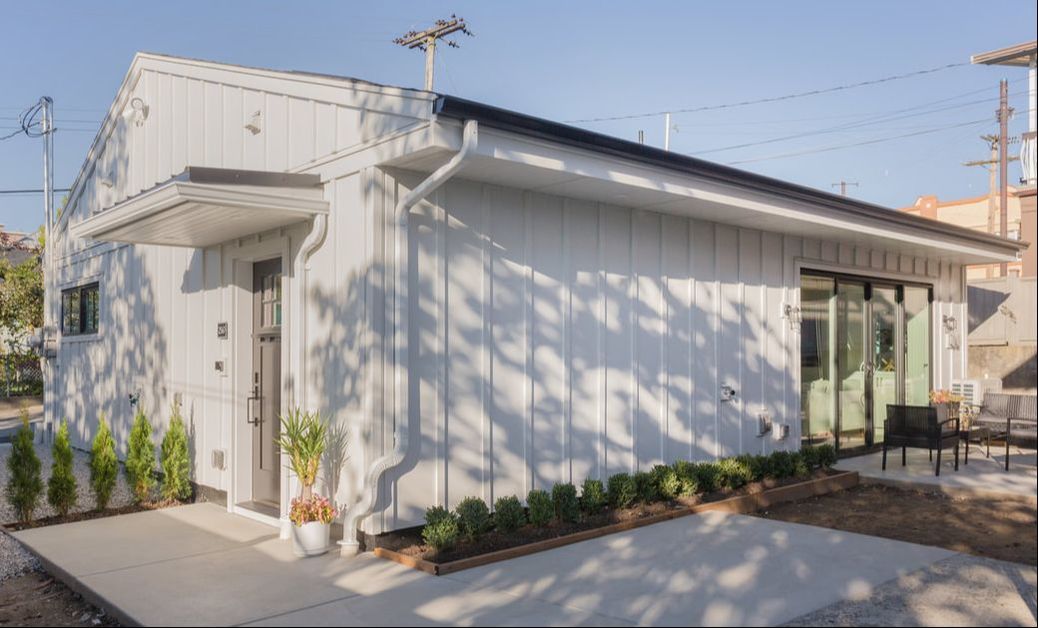
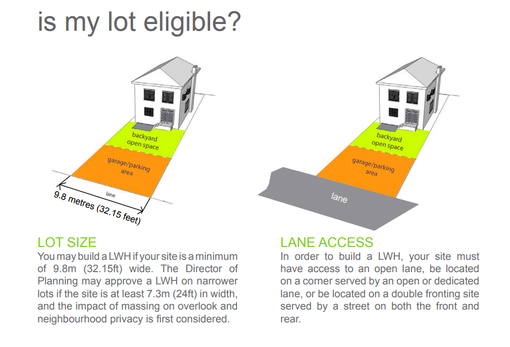
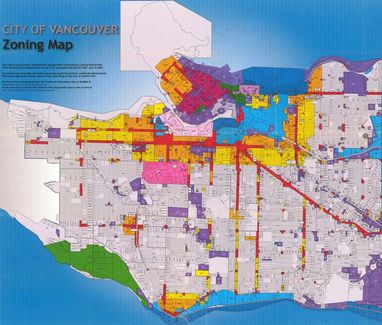
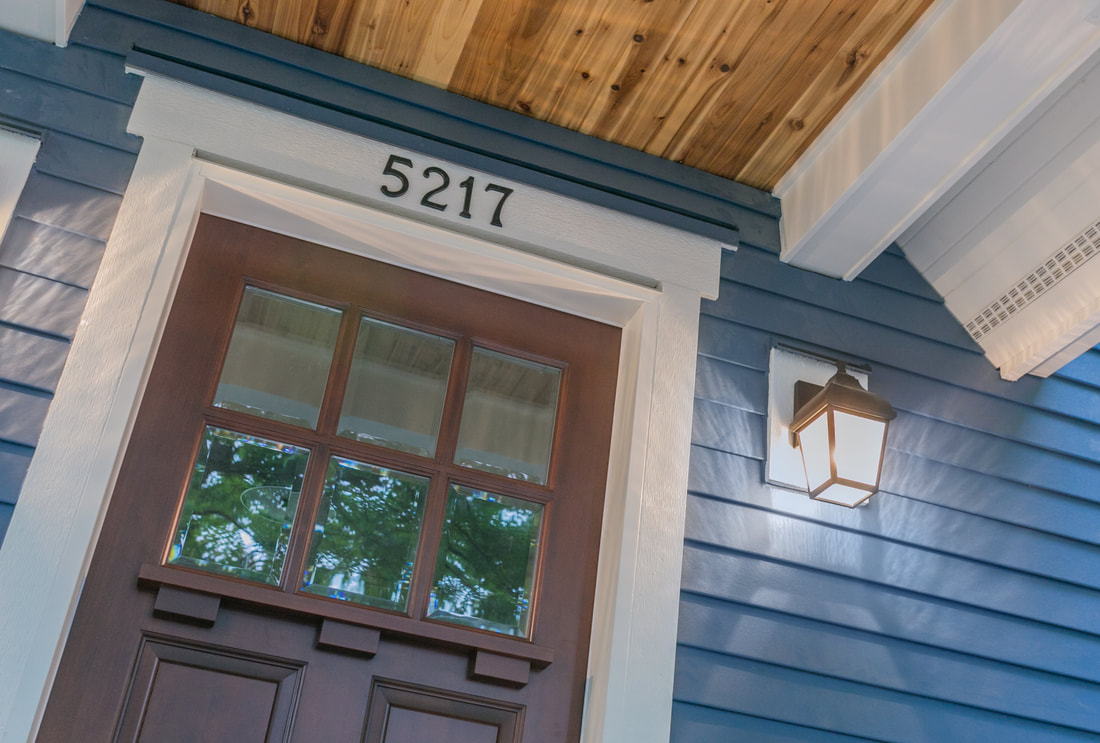
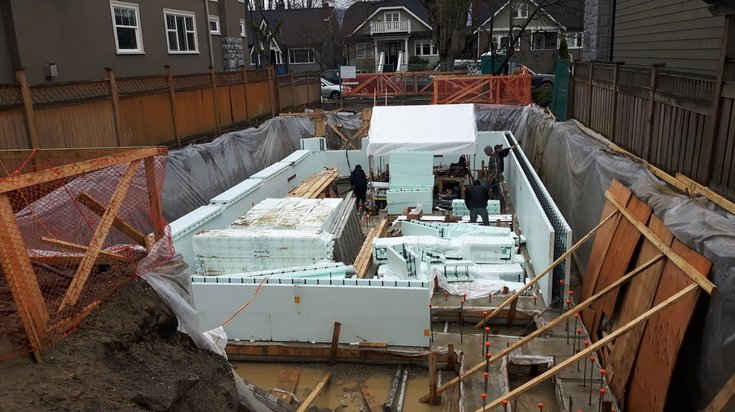
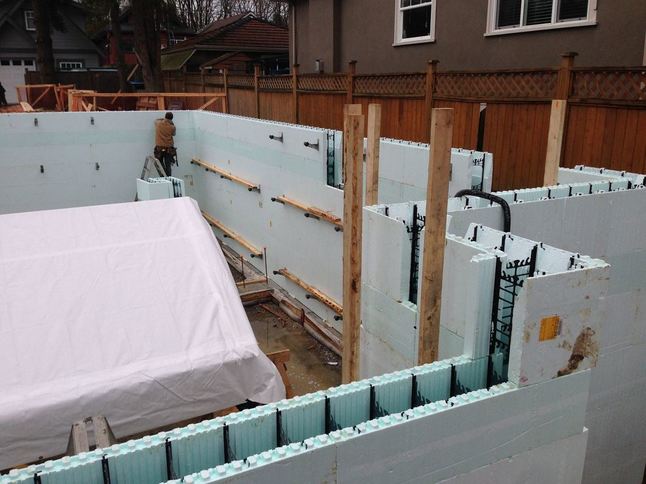
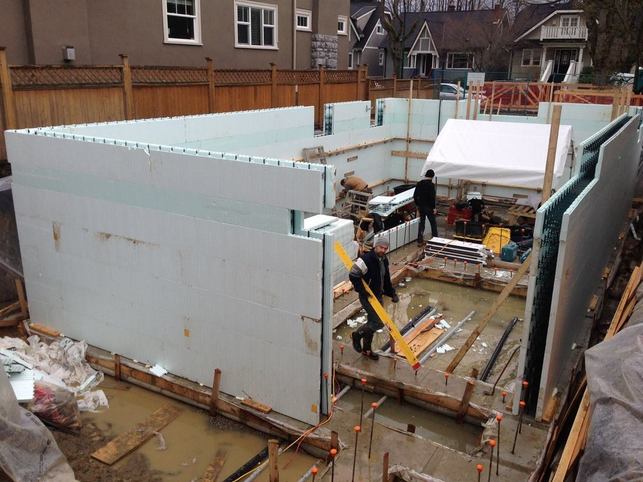
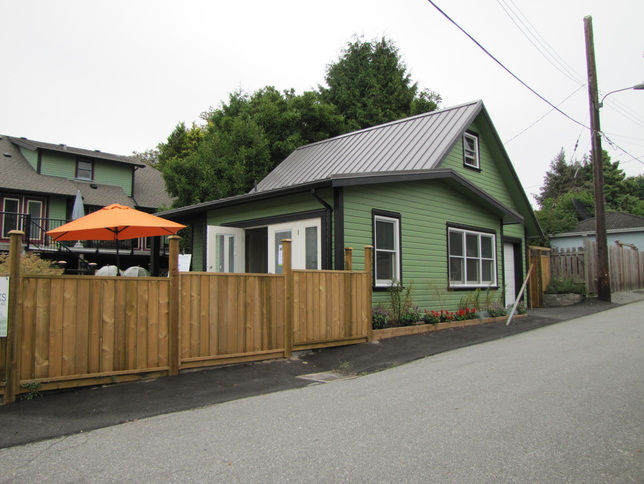
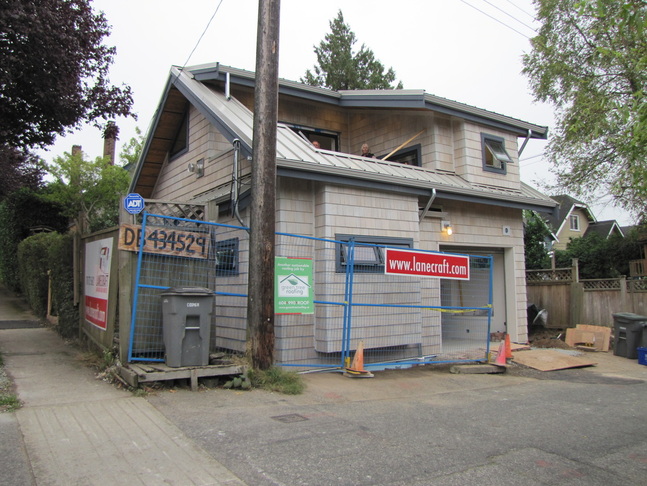
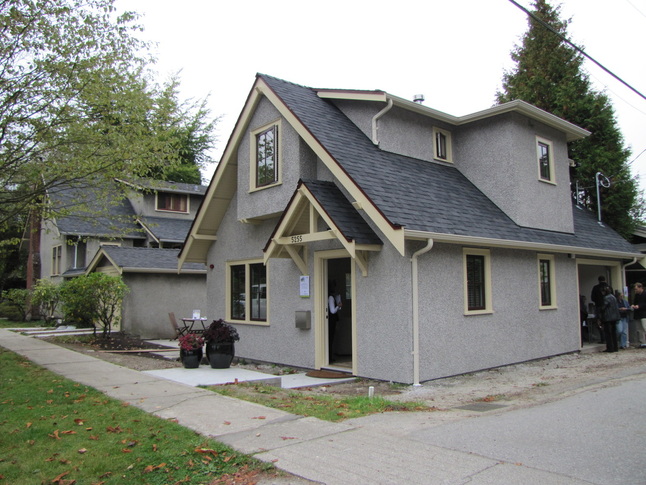
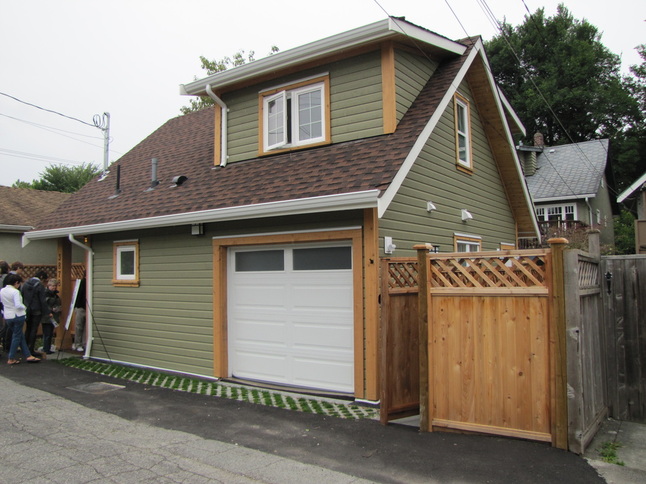
 RSS Feed
RSS Feed
